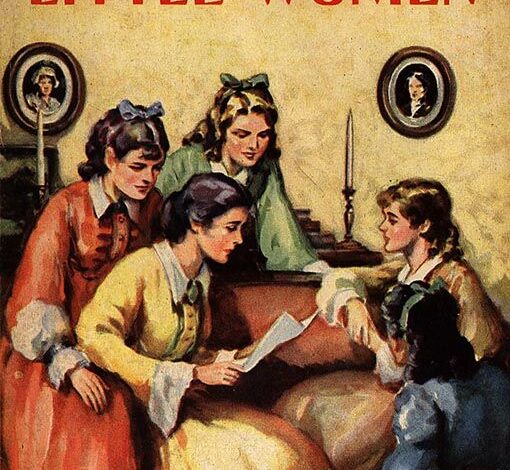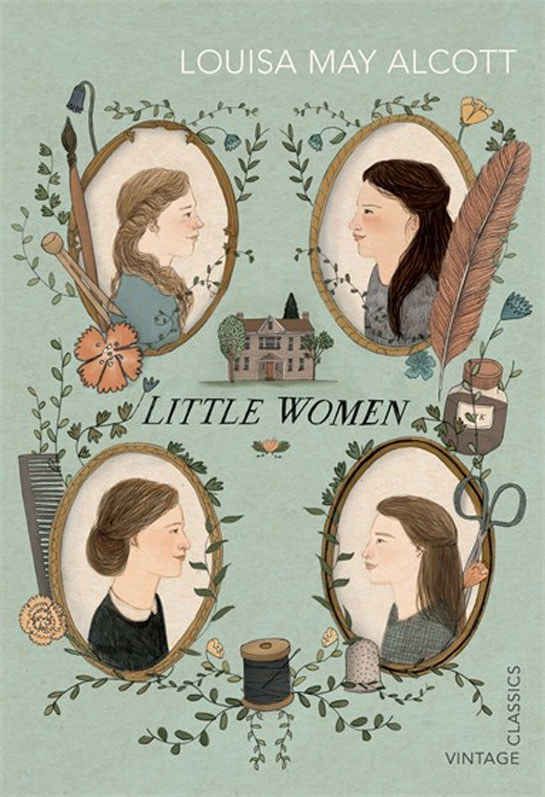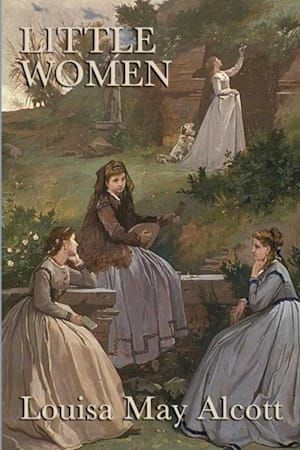Little Women Exploring the Timeless Tale of Sisterhood and Resilience

Introduction

“Little Women” is a classic novel written by Louisa May Alcott, originally published in two volumes in 1868 and 1869. It has since become one of the most beloved and enduring works of American literature, cherished for its portrayal of family, sisterhood, and female resilience.
Background and context
Author’s Biography
Louisa May Alcott was born in 1832 in Pennsylvania, USA, to a family of intellectuals and reformers. She drew inspiration from her own life experiences, particularly her upbringing in Concord, Massachusetts, which served as the setting for “Little Women.”
Setting of the Novel
“Little Women” is set during the Civil War era in New England and follows the lives of the four March sisters—Meg, Jo, Beth, and Amy—as they navigate the challenges of adolescence and womanhood.
Plot Summary
Main Characters
- Meg March: The eldest sister, Meg is responsible and nurturing, often serving as a maternal figure to her younger siblings.
- Jo March: The protagonist of the story, Jo, is independent, ambitious, and fiercely determined to pursue her dreams of becoming a writer.
- Beth March: The shy and gentle Beth possesses a deep love for music and serves as the heart of the family.
- Amy March: The youngest sister, Amy is artistic and aspirational, constantly striving for refinement and elegance.
Key Events
The novel follows the March sisters as they grow up, face adversity, experience love and loss, and ultimately find their places in the world. From their struggles with poverty to their relationships with friends and suitors, “Little Women” explores themes of resilience, sacrifice, and the bonds of sisterhood.
Themes Explored
Family and Sisterhood
Central to the novel is the theme of family and the strong bond between the March sisters. Despite their differences, they support and uplift each other through life’s trials and tribulations.
Gender Roles
“Little Women” challenges traditional gender roles by depicting its female characters as complex individuals with dreams and ambitions beyond marriage and domesticity. Jo, in particular, defies societal expectations by pursuing a career as a writer.
Coming of age
The novel follows the journey of the March sisters from adolescence to adulthood, exploring the challenges and joys of growing up and finding one’s place in the world.
Cultural Impact
Historical Significance
“Little Women” was groundbreaking in its portrayal of female characters and has remained a cultural touchstone for generations of readers. Its depiction of everyday life during the Civil War era provides valuable insight into American history and culture.
Adaptations and Interpretations
The novel has been adapted numerous times for film, television, and the stage, further cementing its status as a literary classic. Each adaptation brings its own unique perspective to the story while remaining faithful to the spirit of Alcott’s original work.
Literary Analysis
Writing Style
Alcott’s writing style is warm, engaging, and deeply empathetic, drawing readers into the world of the March family with vivid descriptions and rich character development.
Symbolism and Imagery
“Little Women” is replete with symbolism and imagery, from the recurring motif of domesticity to the use of nature as a reflection of the characters’ inner lives.
Critical Reception
Upon its publication, “Little Women” received widespread acclaim for its relatable characters, poignant storytelling, and timeless themes. It continues to be celebrated by critics and readers alike as a masterpiece of American literature.
Influence on Pop Culture

References in Media
“Little Women” has left an indelible mark on popular culture, with references to the novel appearing in everything from literature to music to film.
Legacy and Enduring Popularity
Over a century after its initial publication, “Little Women” remains as relevant and beloved as ever, inspiring readers of all ages with its message of resilience, sisterhood, and the enduring power of love.
RELATED:
Conclusion
“Little Women” stands as a testament to the enduring power of storytelling and the resilience of the human spirit. Through its vivid characters, rich themes, and timeless wisdom, it continues to captivate readers and inspire generations to come.
FAQs
Is “Little Women” based on a true story?
- No, “Little Women” is a work of fiction, although it draws heavily on the author’s own experiences and upbringing.
Why is “Little Women” considered a classic?
- Little Women” is considered a classic due to its timeless themes, relatable characters, and enduring popularity across generations.
Are there any sequels to “Little Women”?
- Yes, Louisa May Alcott wrote two sequels to “Little””Women”—”Little Men” and “Jo’s oys,” w which follow the further adventures of the March family.
What is the significance of the title “Little Women”?
- The title “Little Women” refers not only to the physical stature of the March sisters but also to their inner strength, resilience, and capacity for growth.
How has “Little Women” influenced other works of literature and media?
- Little Women” has served as a source of inspiration for countless authors, filmmakers, and artists who have drawn upon its themes and characters in their own creative endeavours.



